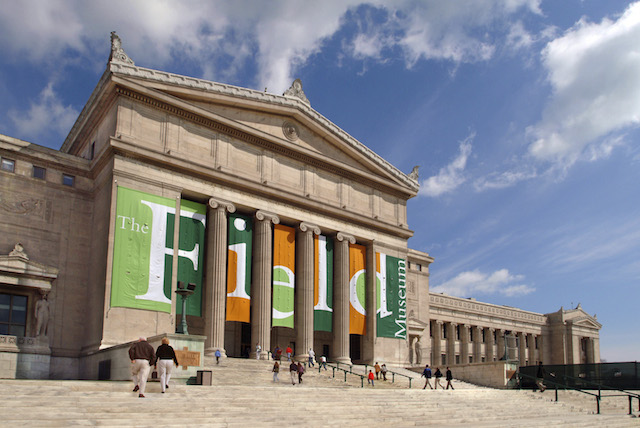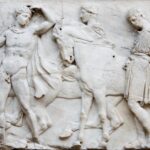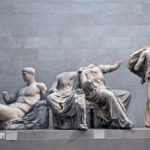Chicago’s Field Museum announced it will open “The Greeks: From Agamemnon to Alexander the Great” in November of 2015. The exhibition will take visitors on an extraordinary journey through more than 5000 years of Greek culture—from their Neolithic origins to the expansion of Greek culture into Asia and Africa under Alexander the Great.
Drawing from the collections of 23 Greek museums, it will be the largest exhibition on the ancient Greeks in North America in 25 years. The Greeks (November 26, 2015-April 17, 2016) contains more than 500 magnificent ancient artifacts, many of which have never been seen outside of Greece.
The exhibition is being presented in partnership between the Field Museum and the National Hellenic Museum, also in Chicago. Although none of the treasures will be on display at NHM, which has its own impressive Greektown facility, the Field will lend some of its own objects from its existing Greek collection that will be on display in a complementary exhibition there. Lectures and programs associated with “The Greeks” will also take place at the NHM.
John Calamos, the National Hellenic Museum’s board chairman said at a press conference that he is hopeful the exhibition will educate youth about Greek culture and he hopes they will “stop tweeting and start learning.”
The artifacts in the show include iconic objects from the tombs of the Bronze Age rulers of Mycenae and the earliest aristocrats of Archaic and Classical city states. Also included are astonishing finds from the tomb of Philip II, father of Alexander the Great.
Visitors to the exhibition will get a glimpse into the individual lives of the Ancient Greeks including Minoan and Mycenaean rulers and priestesses, aristocratic warriors and ladies of Archaic Greece, athletes of classical Athens, and Philip II. “We are honored to be able to present such an important exhibition that shows the emergence of Greek culture from its roots in the early agricultural villages of the Neolithic to the imperial expansion of Alexander,” says Field Museum Curator William Parkinson.
“This exhibition is not your typical Art Historical display of pretty vases and statues; it really gives the visitor an opportunity to see the evolution not only art, but also of Greek culture, politics, and economics over the long-term.” Presented in chronological order, the exhibition begins with the Neolithic Period, around 6000 BC, and continues until the death of Alexander the Great in 323 BC, marking the end of the Classical period.
Billed as the largest exhibition on the topic in North America in a quarter century, the primary show, featuring “some of the most iconic artifacts from ancient Greece,” should certainly turn heads, said Parkinson, who does his fieldwork in the region.
“I can’t emphasize how big this show is,” he said. “Most traveling shows have 100, certainly fewer than 200, objects in them. Here we’re dealing with 570. It’s a massive, massive show.”
Highlights of the exhibition include artifacts from the tombs of the first rulers of Mycenae, many of which never have traveled outside of Greece, a burial that depicts the ritual of burial and sacrifice in a funeral pyre described by Homer in the Iliad, a replicated Illyrian warrior helmet that visitors may try on, grave goods from the tomb of Philip II, and inscribed pieces of pottery (ostraka) that were used to ostracize even the most powerful leaders of Classical Greek society.














